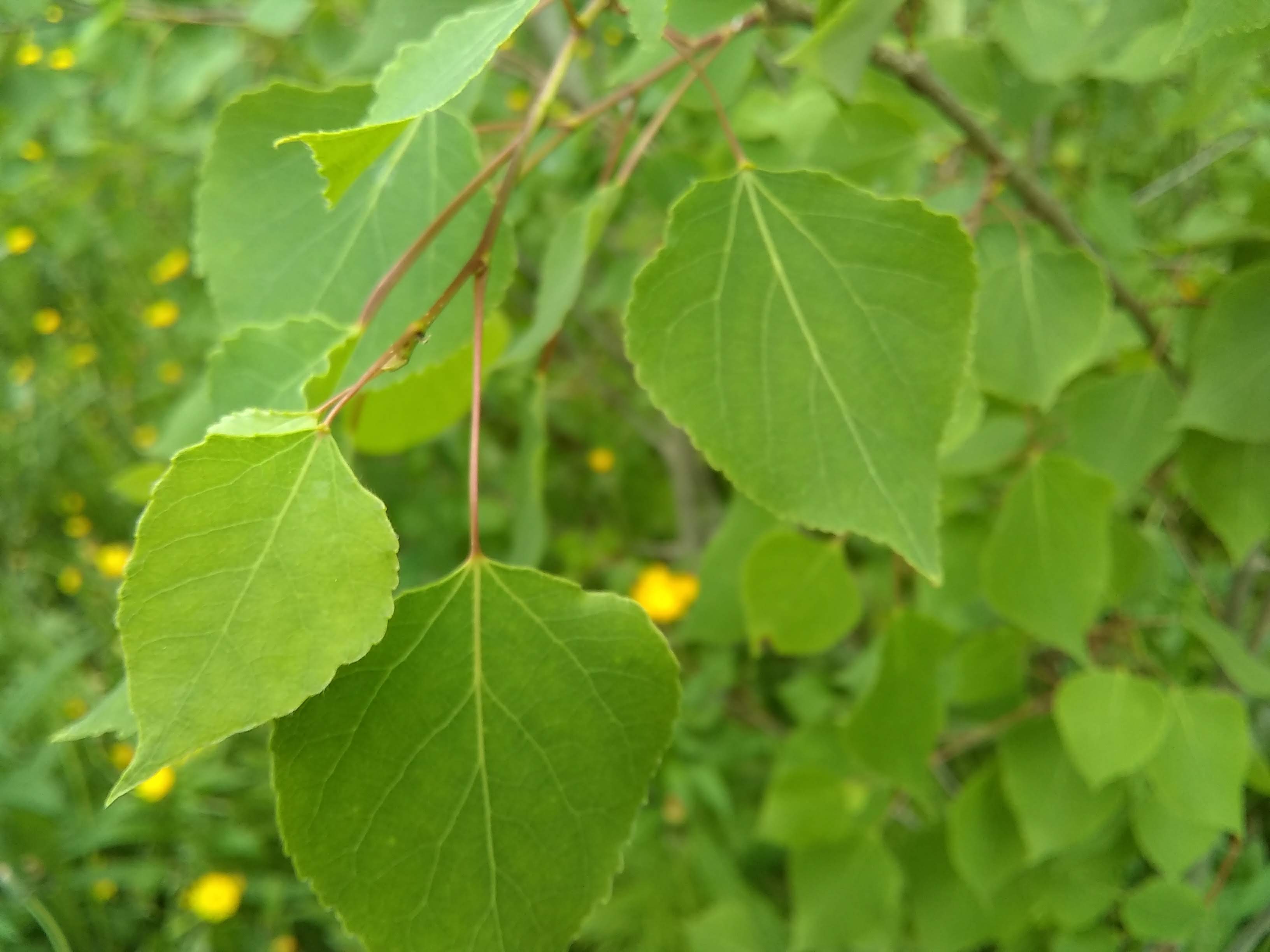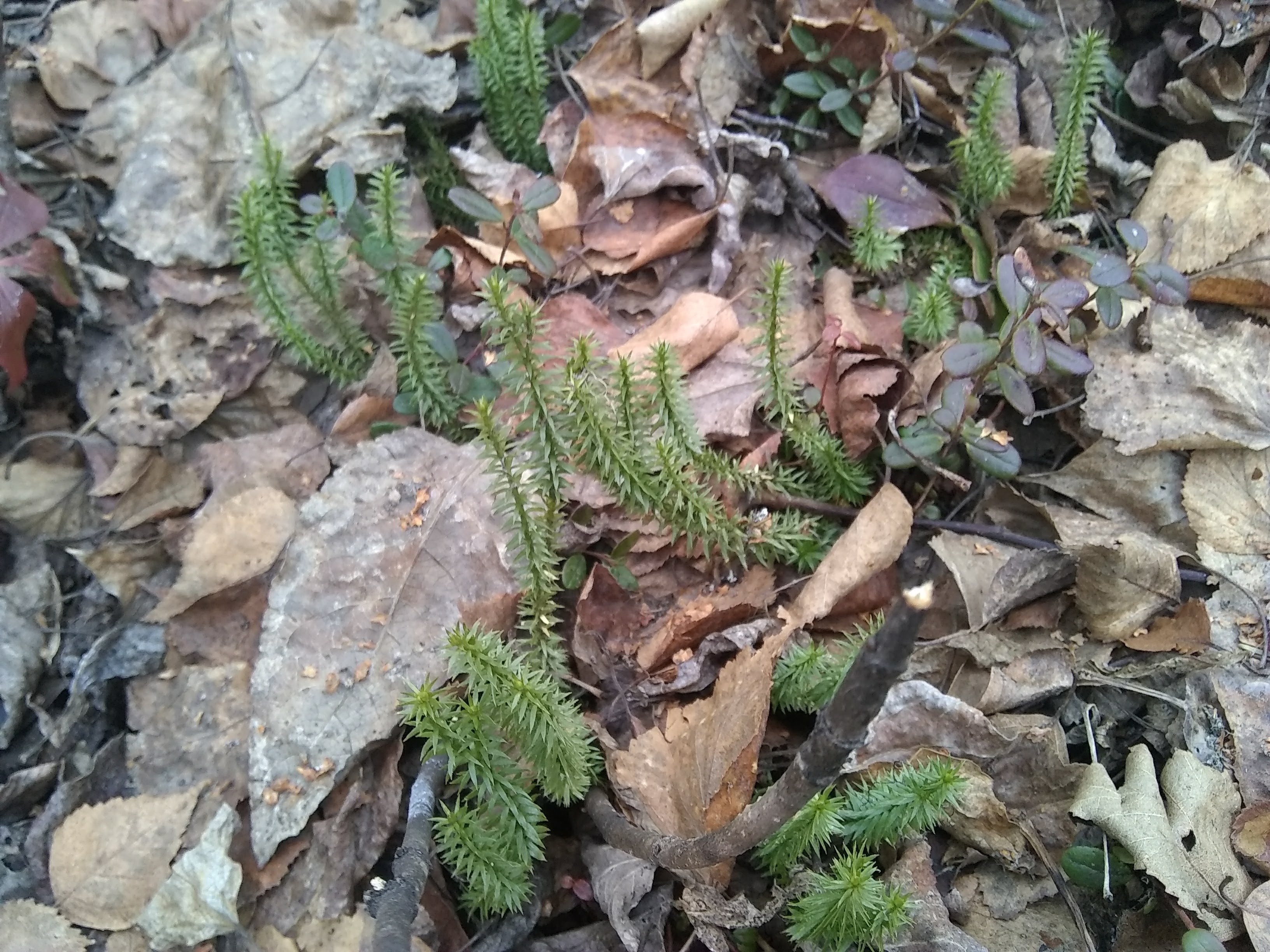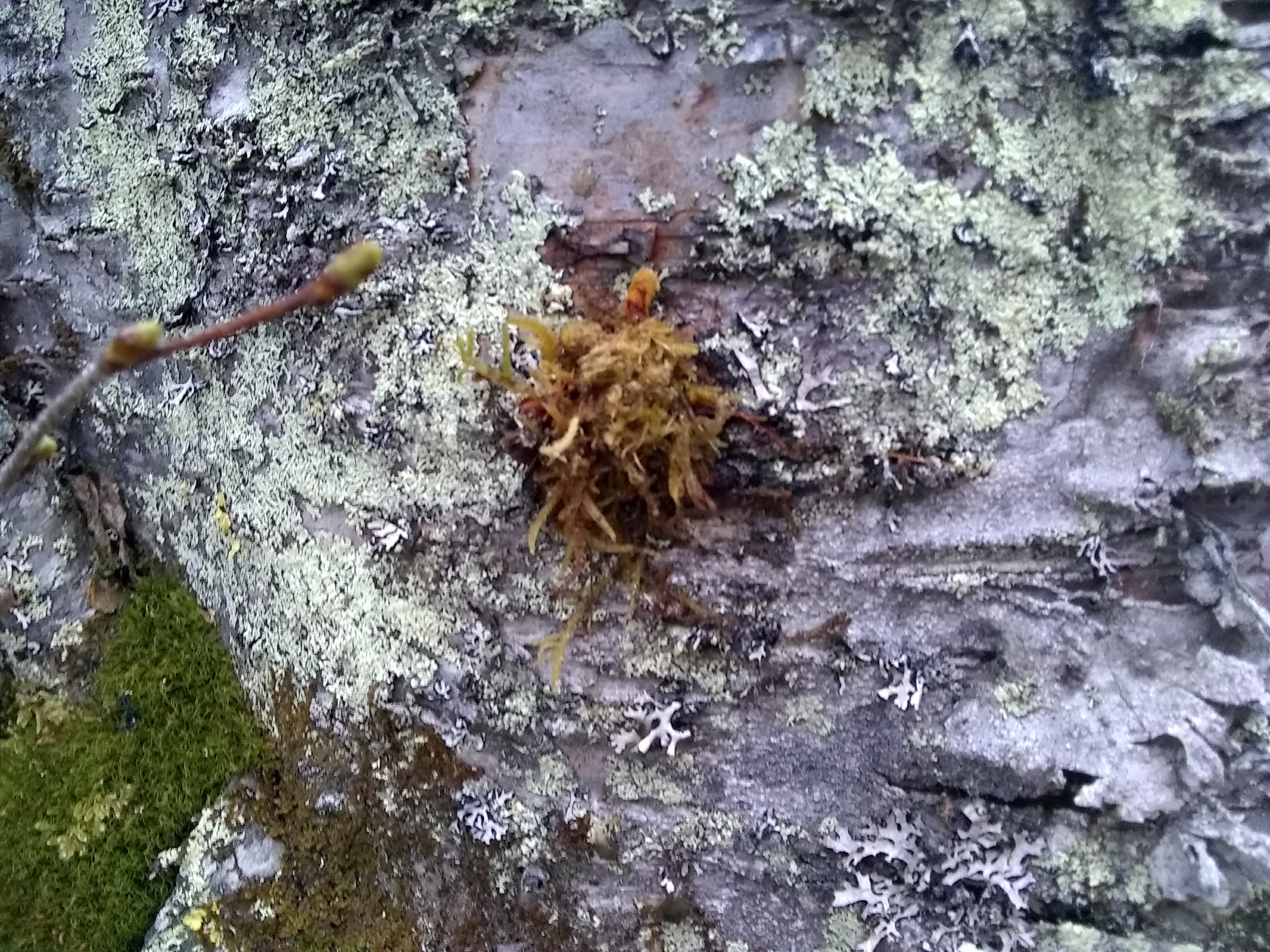I mentioned in last week’s post that certain parts need to be harvested at different times of the year. Here is a guide of what to harvest and when.
Barks – Harvest in early spring when the inner bark still has a lot of the nutrients, water, and medicinal components in it, or in the fall when all of these are transferring back into the bark from the leaves dying off. Harvesting in the fall usually causes less sap to bleed out. It is also best to harvest from the branches so as to avoid seriously impairing the protection of the trunk, leading the tree to get a disease and/or die.

Flowers – Harvest just before the peak of the bloom. I also like to harvest right in the middle of the day when the production of medicinal properties is at its height.

Fruits – Berries are one of the most abundant fruits in Alaska. Sweet berries like raspberries, blueberries and strawberries are best picked slightly before being ripe. This is for medicinal purposes so the acids haven’t fully turned into sugars yet. If you are looking at these for food purposes, then when they are ripe is fine. However, with the sour berries such as lingonberries and rose hips, wait until the first frost to harvest. If you don’t want to wait until the first frost, you can harvest when you like and freeze them.

Leaves – Leaves have the most nutrients and medicinal properties before a plant has blossomed and flowered. Often times, the springtime is the best right after they have finished forming fully or right before then. There are a couple of exceptions, the ginkgo tree being one of them. While Ginkgo does not grow naturally in Alaska, it can be grown in the southern areas. Ginko leaves are best harvested while they are in the process of turning yellow according to Mountain Rose Herbs. As for the time of day, before the highest heat and after the dew has evaporated. If it is rainy, as it often can be in Alaska, you can skip it or harvest in the middle of the day.

Roots – Harvesting roots should be done early spring before the aerial part of the plant gets more of the nutrients or in late fall after the leaves and flowers have fully died, ensuring that the sap has returned to the roots themselves. You will want to dry the roots or use them immediately so that the medicinal properties can be used in full force.
Saps and Pitches – Late winter and early spring is the best time to collect sap. The only sap that can be used is the Birch sap (aka Birch water because of it’s consistency). The resin of every pine/evergreen tree can be used, but they all have different uses.
|
|
Seeds – When they are perfectly ripe. To dry is very easy, as they are usually dry. You just need to make sure they are not wet from dew or rain. Then you can store them.
Stems – Stems are best harvested after the leaves have formed but before the flowers bud.





